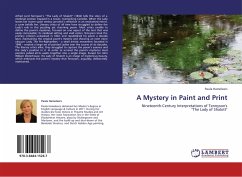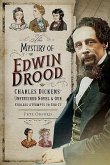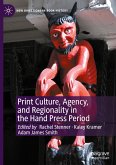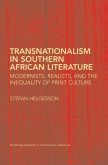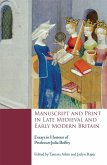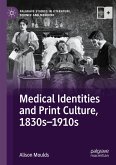Alfred Lord Tennyson s The Lady of Shalott (1832) tells the story of a medieval woman trapped in a tower, overlooking Camelot. When the Lady leaves her tower upon seeing Lancelot s reflection in an enchanted mirror, a curse befalls her. Literary critics of all time have struggled to define the Lady s role in this puzzling yet charming poem. Most critics unable to define the poem s mysteries, focused on one aspect of the text that was easily conceivable: its medieval setting and vivid colors. Tennyson took the primary criticism unleashed in 1832, and republished his poem a decade later, maintaining the original poem s mystery and showing an even more obscure Lady. The Pre-Raphaelites a small artistic movement founded in 1848 created a large set of painted Ladies over the course of six decades. The literary critics alike, they struggled to capture the poem s essence and the Lady s position in it. In order to unravel the poem s mysteries most painters pulled all its assets together into a single image. Except for John William Waterhouse. His Lady of Shalott is an image of mysterious beauty, which embraces the poem s mystery that Tennyson, arguably, deliberately maintained.
Bitte wählen Sie Ihr Anliegen aus.
Rechnungen
Retourenschein anfordern
Bestellstatus
Storno

